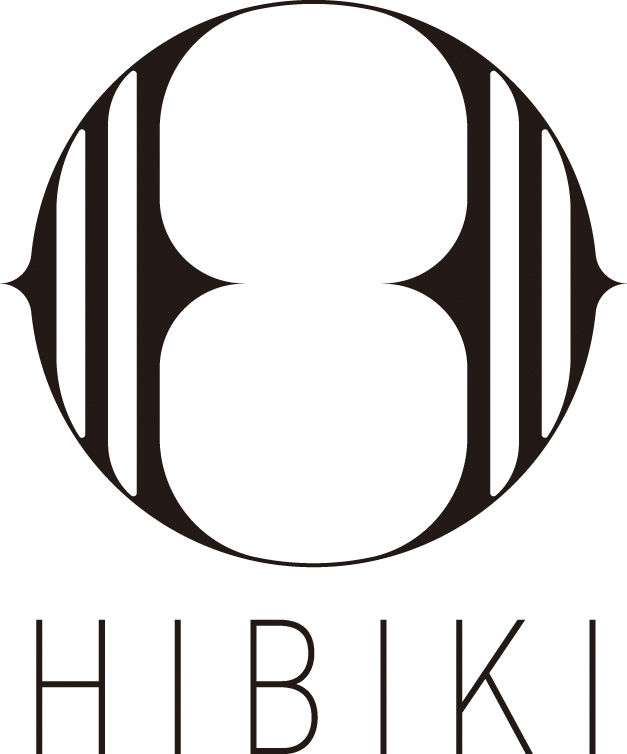

おうちで工芸 Q&A
友禅 金彩
Yuzen & Kinsai
Q. 友禅で「金彩」という名前を知りました。金彩について教えてください
A. 金彩(きんさい)についてですが、私たちの業界では正式名称は「金彩工芸」と言います。通常は省略して金彩と呼び、呉服(着物・帯)に金箔を装飾加工する技術になります。
京友禅は18~20程ある工程を分業で行っているのが特徴です。 金彩はその工程の中でほぼ最後の方になる加工で、染め上がった友禅染に金箔を施す技法で、より友禅染が引き立ち華やかに、また金箔を施すことで柄に奥行きが出る効果があります。 また金箔を施すのは京友禅の特徴でもあります。
金彩の技術は室町時代に中国から日本に伝わった袈裟の印金(いんきん)をもとに能衣装や小袖に施された摺箔(すりはく)だと一般的に言われていますが、詳しくはいつから始まったのかはっきりとは分からないのが事実です。 また現在多様な技術・加工方法が開発され、その起源をさかのぼると時代背景がまちまちで定まらないということもあります。 文献などから、友禅染に加工しはじめたのは明治時代の後半だと伝えられています。
[回答者 京友禅金彩加工職人 上仲昭浩(京友禅)]
https://kyomonohibiki.wixsite.com/kyomono-hibiki/上仲昭浩
Q: I heard about "kinsai" from yuzen, so what is it?
A: In my industry, kinsai is officially named "kinsai kogei", or kinsai craft. Usually shortened to "kinsai", it refers to the techniques used for decorating Japanese clothes (kimonos and obis) with gold leaf. A characteristic of Kyo-yuzen is how it is made with about 18-20 steps carried out by separate, specialised artisans. Kinsai happens around the end of this process. Gold leaf is applied to a yuzen piece that has already been dyed, making it look even more attractive and brilliant, as well as giving the pattern a sense of depth.
Decorating with gold leaf is also a distinctive feature of Kyo-yuzen. It's commonly said that kinsai techniques started with those that were used for noh garments and kosode, based on decorations that were introduced to Japan from China during the Muromachi period (1336-1573). However, the truth is that we don't know exactly when it all began. If we try to trace the origins of the various techniques and processing methods that have been developed now, sometimes it is impossible due to differing historical backgrounds. Referring to literature and other materials tells us that people began to do more things to yuzen pieces during the later half of the Meiji period (1868-1912).
(Answered by Kyo-yuzen kinsai artisan Akihiro Uenaka)
